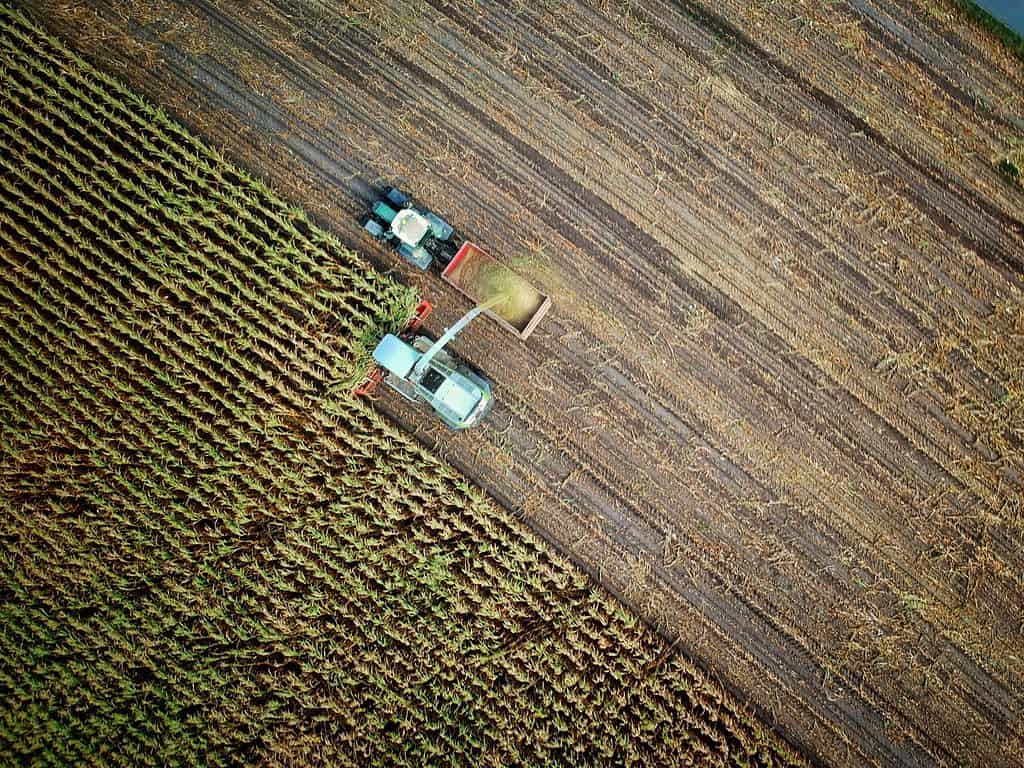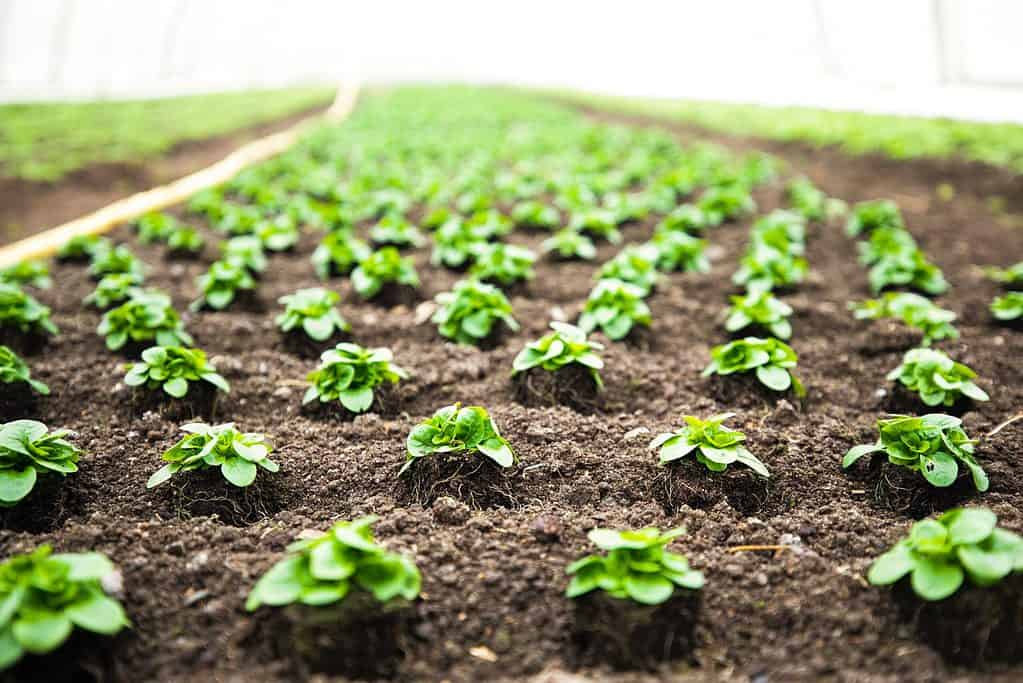For all the progress our society has made, we’re still nothing without agriculture. But agriculture has also changed a lot: increasingly, an array of sensors equipped with relatively simple hardware and smart software are being used to make agriculture more efficient and sustainable — and given that agriculture is one of the main contributors to habitat destruction and climate change, this would definitely come in handy.

The Internet of (Agricultural) Things
Globally 70% of the freshwater withdrawals are used for agriculture. All agricultural products require water (though some, like meat, require much more). For as long as humans have worked the land, water management has been a crucial part of agriculture — which is very concerning given because we’re seeing widespread drought caused by climate change and our irresponsible use of water.
Recurrent droughts in California and other parts of the US, extreme heat in Europe, scorching heatwaves in places like the Middle East and North Africa have made it clear that droughts are part of the new normal, and adapting is not easy.
But unexpected help may come from the internet. The internet you’re using to read this now can be used for a number of different things, including connecting sensors and other objects.
The so-called Internet of Things (IoT) means that you no longer need to go out into a field to inspect it and take samples for analysis — you can leave the sensors in place and they communicate using wireless protocols. These technologies have advanced tremendously in recent years, becoming not only more precise and robust, but also cheaper — a key demand for agriculture.

It works like this: you plant a bunch of sensors to measure things like soil moisture, fertilizer content, and other parameters of interest. You connect the irrigation systems to the sensors and only irrigate when it’s necessary, and where it’s necessary. You can use the same approach for estimating soil nutrient levels and identifying pests, making the entire process as efficient as possible.
The results are, with today’s technology, striking: studies show that between 20% to 72% of water usage can be reduced with this approach, saving money and valuable environmental resources. There’s no doubt that the method has a lot of potential and can be used in most places in the world — although it’s noteworthy that some of the bread baskets of the world still lack access to reliable, high-speed internet.
There are a few other issues as well, such as the interplay between sensors, antennas, and mud. Sensors that measure things can become oxidated or damaged with ease, which means they need to be accurate as well as durable. They also have to be able to communicate over long distances, even when covered by soil.
In order to be able to withstand the heavy machinery that usually runs on farms, sensors and antennas must be buried fairly deep, but that makes it harder to transmit the signal. Researchers have developed new models of antennas that make transmission of data easier and are able to broadcast information to irrigation systems up to 650 feet (200 meters) away
These robust systems also adapt to changing weather conditions and can provide data on things like temperature or rainfall, and even make decisions based on them. The next step is to integrate remote satellite data with agricultural farms and take advantage of the abundance of free data from the eye in the sky.
However, two big problems remain: cost and internet access. In areas where salaries or water costs are very low, it may actually be cheaper to have people do the extra work than have sensors and sensor-based irrigation and fertilization. Also, while digital technologies are becoming more available to farmers worldwide, there are still vast areas where connectivity remains an issue, and in these cases, technology risks fueling more inequality.
Ultimately, though, this type of technology is what we probably need if we want to feed over 8 billion people while facing the effects of climate change. The IoT revolution can make agriculture more efficient, and with resources like water being scarcer than ever, we really need it to work.









